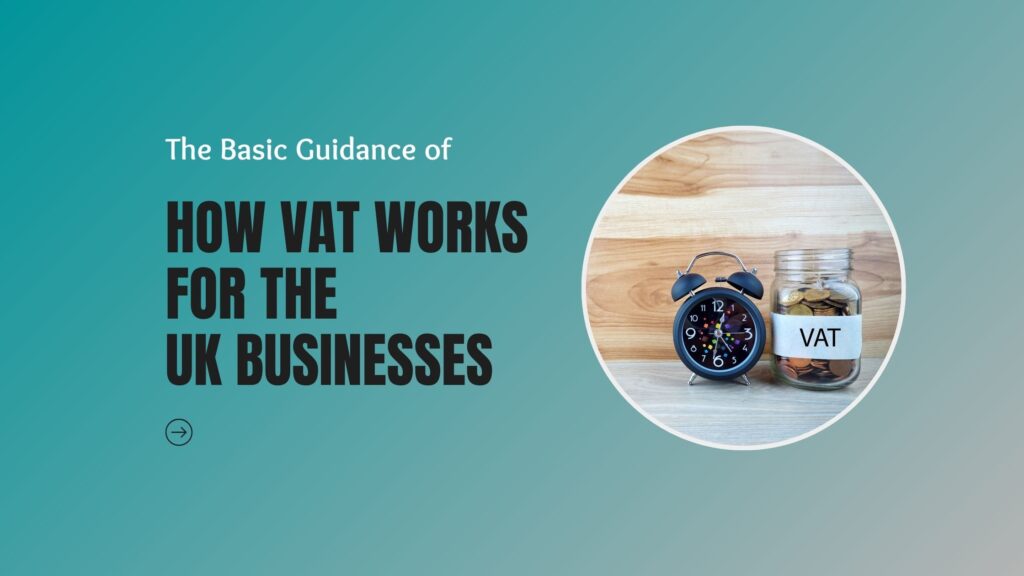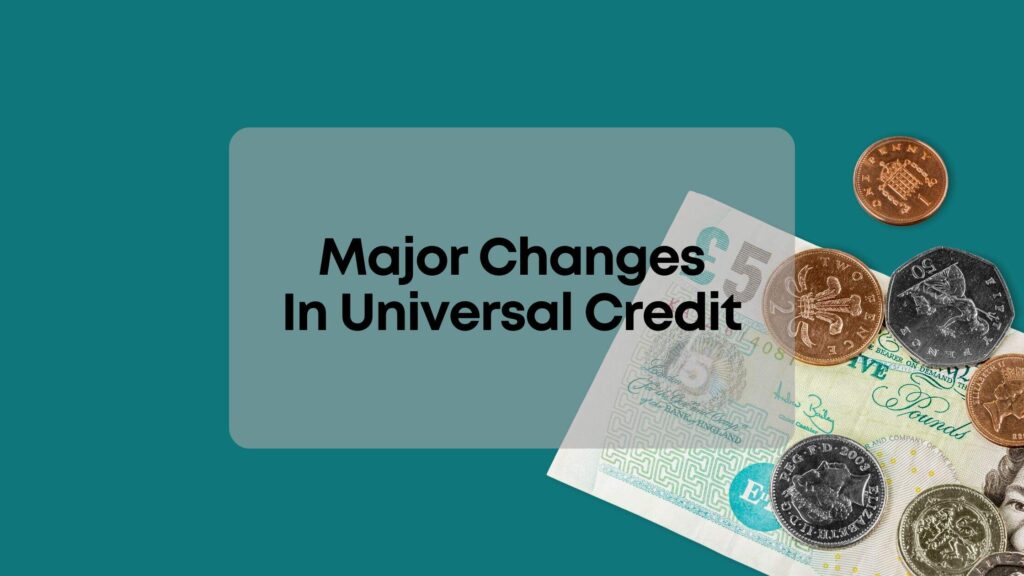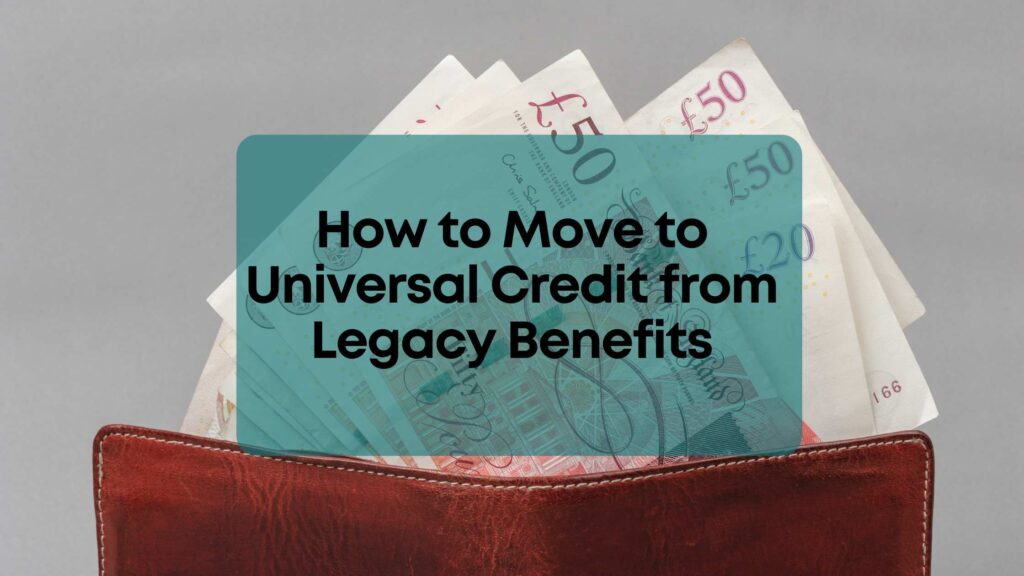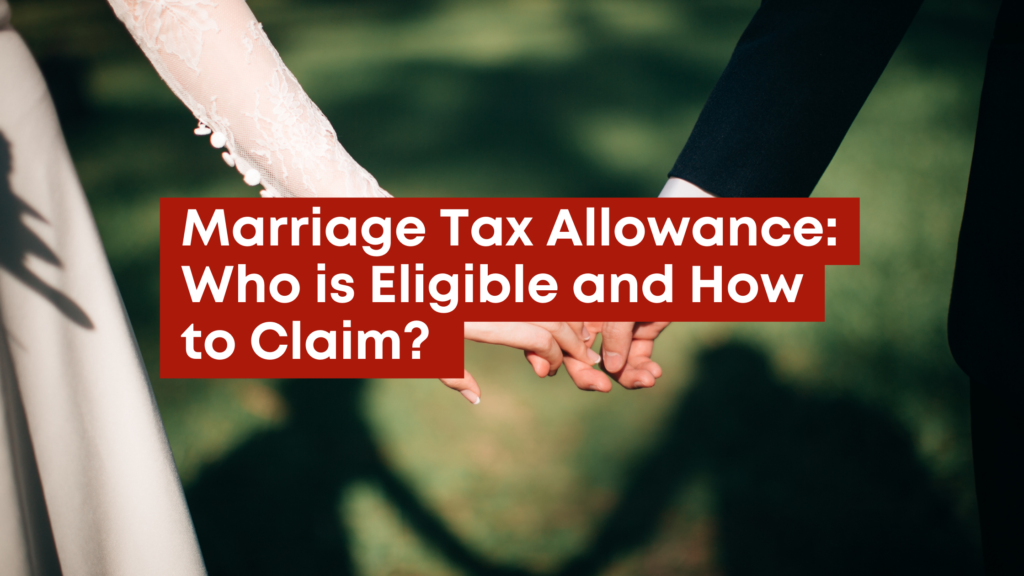Understanding how VAT works for UK businesses is essential for sole traders and limited companies operating in the UK. This guide simplifies VAT complexities, ensuring compliance and helping you avoid potential issues. Let’s explore how VAT on sales in the UK applies and why it’s crucial for your business.
What is VAT
VAT (Value Added Tax) is a tax added to the price of goods and services when they are sold. In the UK, VAT is collected by businesses on behalf of the government. Businesses must register for VAT if their taxable turnover exceeds £90,000.
What are the VAT Rates on Sales
Businesses in the UK typically charge a 20% VAT on their products and services. However, some sales might qualify for reduced or zero rates. For example, sale of raw meats, vegetables are eligible for a zero VAT rate, rental income is exempt unless the business is registered for an option to tax.
Step-by-Step Guide to VAT Registration for UK Businesses
The VAT registration process involves several key steps to ensure your business complies with VAT requirements:
- Determine Eligibility: Confirm that your business needs to register for VAT by verifying your taxable turnover over the past 12 months. If it exceeds £90,000, or if you anticipate it will soon, registration is mandatory.
- Gather Necessary Information: Before registering, gather essential details such as date of registration (this is the date your VAT threshold crossed), VAT scheme you want to join, director’s details, business address etc.
- Create a Government Gateway ID: If you don’t already have one, you’ll need to set up a Government Gateway ID first before proceeding with the application
- Receive VAT Registration Number: After completing the registration, you will get a unique VAT registration number. This number must be included on all your VAT invoices and used in VAT Returns.
Important Note: You must register within 30 days of exceeding the £90,000 threshold.
How to Calculate VAT on Sales
To calculate VAT for your products or services, follow these steps:
- Determine the VAT Rate: The standard VAT rate in the UK is typically 20%. However, some sales might qualify for reduced or zero VAT rates, so it’s important to speak with an accountant first to verify the applicable rate for your business.
- Calculate VAT: To calculate the VAT amount, multiply the price of your product or service by the VAT rate. For example, if you offer an online course priced at £50, you would multiply £50 by 20% (or 0.20). The calculation would be:
- £50 x 20% = £10 VAT
- Add VAT to the Price: Once you have calculated the VAT amount, add it to the original price of the service to get the total price that customers will pay. Continuing with the previous example:
- Original price: £50
- VAT amount: £10
- Total price: £50 + £10 = £60
Thus, the customer will pay £60, which includes the original price plus the VAT.
Accountancy Service For VAT Registered Business
Starting From Just £120 Per Month.
Book an AppointmentWhatsApp UsVAT Reporting and Filing
VAT reporting and filing are crucial for businesses to stay compliant and avoid penalties. Follow these steps to handle your VAT reporting and filing easily.
VAT Return Process
- Collect Your Sales Data: Gather all your sales and purchase invoices.
- Calculate Total VAT: Determine the total VAT collected and paid.
- Submit Your Return: File your VAT return online through HMRC approved softwares such as QuickBooks, Sage, Xero etc.
Important Dates and Deadlines for VAT
- Quarterly Returns: Most businesses file VAT returns every three months. You will have one month and seven days to file the return after the end of the quarter.
- Payment Deadlines: Pay any VAT owed to HMRC by the due date of your return.
Why VAT Compliance and Record Keeping Matter for UK Businesses
Ensuring VAT compliance and proper record keeping is vital for maintaining accurate business records and avoiding legal issues. Here’s what you need to know:
- Record Keeping: Businesses must keep VAT records for at least six years. Otherwise, HMRC will impose a penalty.
- Digital Record-Keeping: Under Making Tax Digital (MTD), you must store VAT records digitally using compatible software.
- Best Practices: Organise your digital records well and regularly review them to ensure everything is accurate and up-to-date.
Understanding VAT is crucial for UK businesses to avoid penalties and unexpected bills from HMRC. Stay updated with VAT regulations and consider consulting with Swiftacc for affordable accounting services for your VAT-registered business.
Frequently Asked Questions
What is the VAT rate in the UK?
The standard VAT rate on sales is 20%, but some sales may qualify for reduced or zero rates.
Who needs to register for VAT?
Businesses with a taxable turnover exceeding £85,000 in any 12-month period must register for VAT
How do I calculate VAT on sales?
To calculate VAT on sales, multiply your product or service selling price by the VAT rate and add the result to the price. For example, if you sell a product for £100 and the VAT rate is 20%, the VAT amount is £20, making the total price £120
What are the penalties for late VAT registration or submission?
Late registration penalties range from 5% to 15% of the VAT due, depending on how late you register. For late submissions, you get a point for each late return. Reaching a certain number of points results in a £200 fine, with more fines for further delays
What are VAT exemptions and zero-rated items?
VAT exemptions mean no VAT is charged, and you can’t reclaim VAT on purchases. Examples include insurance and education. Zero-rated items have a 0% VAT rate, meaning no VAT is added, but you can reclaim VAT on purchases
Can I reclaim VAT on business expenses?
Yes, if your business is VAT-registered, you can reclaim VAT on business-related purchases like office supplies and equipment.





